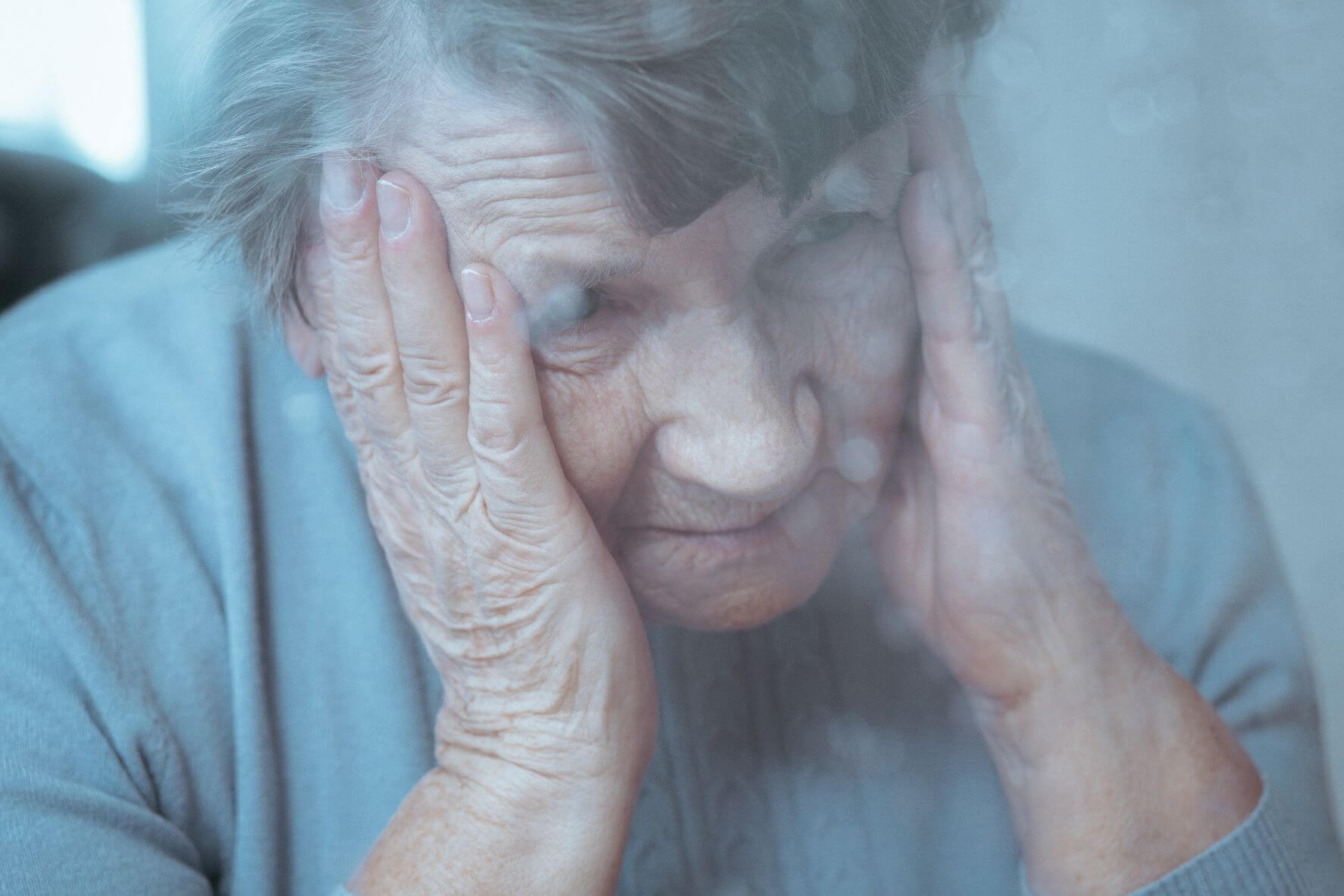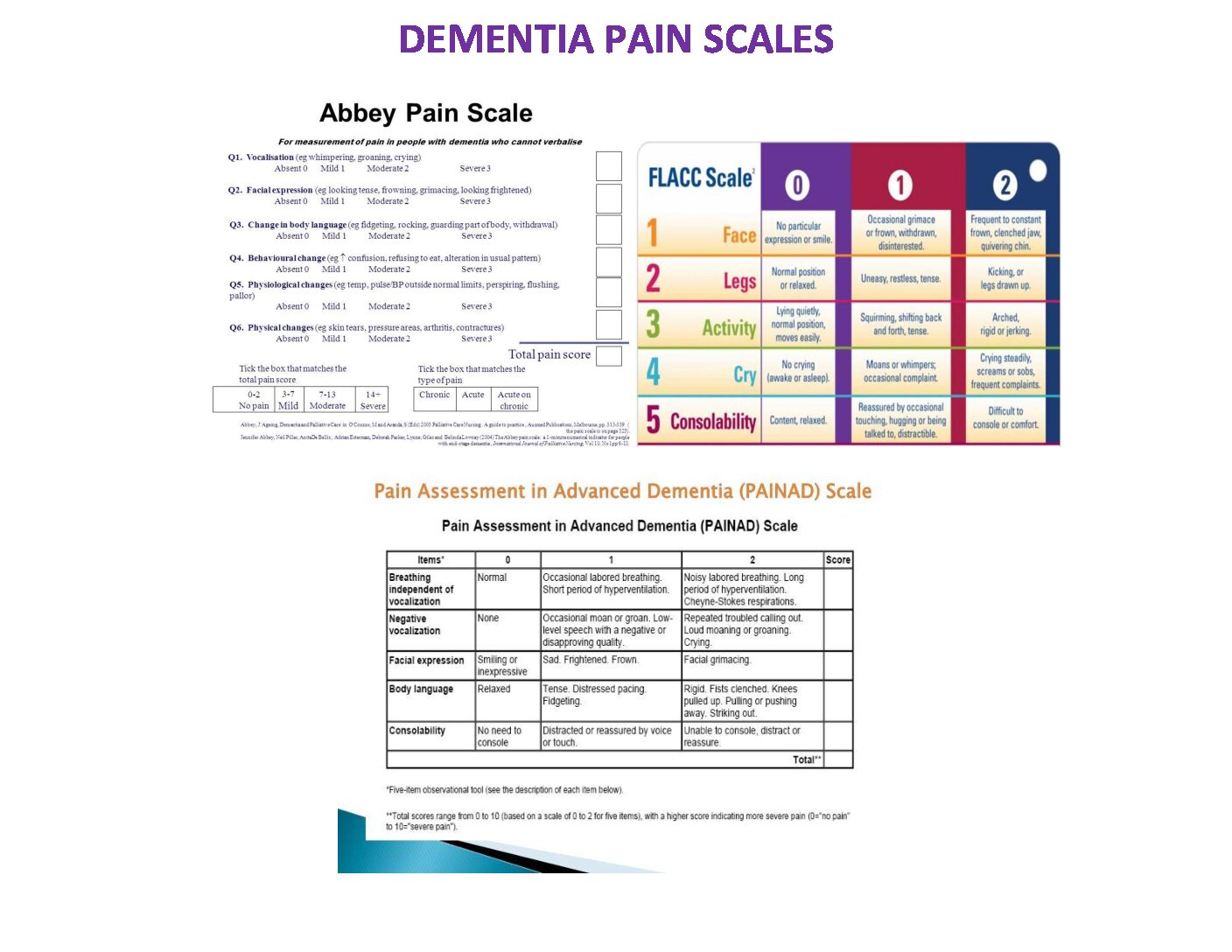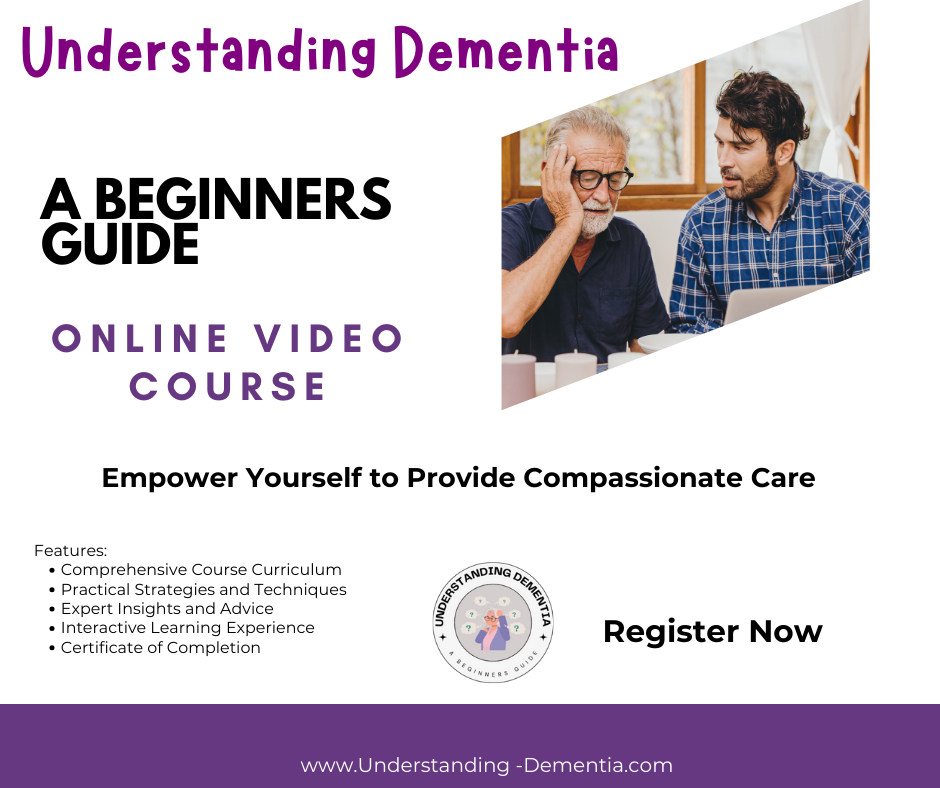WHAT IS DEMENTIA PAIN?
When I refer to Dementia pain, I mean someone with Dementia who has pain somewhere in their body and may or may not be able to communicate that pain to a caregiver.
Dementia by itself is not painful. Unfortunately, most people with Dementia are elderly and have other medical conditions that may cause pain.
Pain is simply your body’s way of letting you know something is wrong.
It can range from mild discomfort to severe agony and can be described in different ways.

Acute vs. Chronic
Pain is often classified as either acute or chronic:
- Acute pain: New and short-term, lasting less than three months, often due to an injury, like a cut or toothache.
- Chronic pain: Lasts longer than three months, often from conditions like arthritis, back pain, or cancer.
Pain Descriptors
The way we describe pain can help doctors understand its source and decide on the best treatment. Here are a few common terms:
- Aching
- Burning
- Cramping
- Dull
- Sharp
- Throbbing
- These words (and many others) can help you express what your loved one might feel, especially if they can’t describe it.

Types of Pain Common in People with Dementia
Many people with Dementia may also have a comorbidity that causes pain. Comorbid simply means the presence of two or more diseases or medical conditions. An example would be your loved one who has Dementia, but also Diabetes. Diabetes can lead to neuropathy, a tingling/burning/pain in the legs, feet, and hands.
People with dementia are as likely to experience pain as anyone else, often due to other medical conditions, such as:
- Arthritis
- Back pain
- Constipation
- Neuropathy (e.g., from diabetes)
- Pressure injuries from sitting too long
- Toothaches or denture pain
The challenge is that they may not be able to recognize or express their pain. That’s why it’s so important for caregivers to learn the signs of pain and track them.

Recognizing Pain In Dementia
How can you tell if a dementia patient is in pain?
This can be tricky sometimes. As a dementia caregiver, you will need to learn how to become a pain detective. Fortunately, there are several pain scales that can help you assess the pain in your loved one.
PAINAD (Pain Assessment in Advanced Dementia) Scale:
- What it Measures: Specifically designed for advanced dementia patients who may have difficulty communicating pain.
- How it Works: It looks at five categories: breathing, negative vocalization, facial expression, body language, and consolability. Each category is given a score, and the total helps determine the presence and intensity of pain. Each area is scored, with possible total scores of 0 (no pain) to 10 (severe pain).
- What it Measures: Developed for people with dementia, it assesses pain based on facial expression, vocalization, change in body language, and behavioral cues.
- How it Works: It looks at various indicators and assigns a score to each, giving a comprehensive picture of the person’s pain experience.
- What it Measures: This one is pretty straightforward. It uses a series of faces with different expressions to help the person express their pain level.
- How it Works: The individual points to the face that best represents their pain, ranging from a happy face (no pain) to a sad or distressed face (more pain).
- What it Measures: FLACC stands for Face, Legs, Activity, Cry, and Consolability. It’s mainly used for non-verbal individuals, like those with dementia.
- How it Works: Each category is scored from 0 to 2, and the total helps gauge pain severity. It looks at facial expressions, leg movements, activity level, crying, and how easy it is to console them
ASSESSING PAIN IN DEMENTIA
You may need to help your doctor determine if your family member has any pain. Helping your doctor understand your loved one’s pain will lead to better treatment. Here’s what to look for:
Location: Ask if the pain radiates from one position to another: i.e.…, from the back, down the leg, from the abdomen to back. If they are unable to tell you, watch for signs of pain.
Quality: If possible, please describe what it feels like in the family members’ words. Descriptions are clues to the cause.
Timing: In relationship to events, meals, bathing or change in position. Does it begin suddenly or come on gradually? Does it seem worse at night or in the morning?
Severity: Describe what it is now and at its worst. Determine whether the pain is mild, moderate, severe, or severe. Watch for non-verbal signs of pain, especially in someone who cannot describe the pain’s severity. Use your judgment to rate severity when your family member can not.
Factors: What worsens or improves the pain? Medication, relaxation, movement, breathing, position, bracing, sitting, lying down or one side, etc.….

How to treat Dementia pain
Medications for treating Dementia pain.
Tylenol/Paracetamol is still the preferred pain medication for those with Dementia, unless contraindicated. One of the biggest problems with pain management in those with Dementia is that the medicine is not given routinely. Especially in facilities, if it isn’t scheduled, it usually isn’t given since they can’t ask for it.
It is recommended to give it scheduled to help keep the pain controlled around the clock.
I have found a Tylenol 2 or 3 times a day can help with Dementia pain, especially a dose at bedtime. It can help them sleep better if they are having discomfort at night. Ask your doctor if it is OK to start your family member with Dementia on a scheduled routine of Tylenol.
Nsaids (Nonsteroidal anti-inflammatory drugs) such as Ibuprofen may have serious side effects and should not be used for longer than two weeks without your doctor’s approval.
Opioids/Narcotics can also have side effects, including increased confusion and possible Delirium. If using, go slow and track the results and side effects. Make sure you keep your doctor updated.

Non-pharmacological pain treatment is how the medical world describes pain treatments that don’t involve medicines. These are usually tried first or used with pain medicine. Non-pharmacological pain interventions include:
Activity therapy
Aromatherapy
Distraction
Gentle exercise and stretching
Heat or cold packs
Massage
Music therapy
Relaxation
For most people with arthritis or joint pain, keeping up a regular schedule, including physical activity, will help them feel better. Remember, sitting or lying for long periods of pain can cause discomfort.
The Importance of Addressing Pain in Dementia
Untreated pain can impact sleep, appetite, mobility, quality of life, and behavior. It can even lead to increased confusion or difficult behaviors. If your loved one seems agitated, consider whether they might be in pain and try different ways to relieve it.
Watch your loved one for at least 5 minutes at different times during the day to see if you can see any signs of pain. One of the best times to determine if someone has pain is while getting dressed or undressed.
When they walk, do they hang on to furniture or the wall? It may be for added balance but can also be pain-related.
Watch their facial expressions. Do they grimace? Do they pull away?
Uncontrolled pain is often the root cause behind challenging behaviors. So if your loved one has behaviors, put on your detective hat and look for any signs of pain.
If you find signs of pain, try different pain interventions and track the results to see if the behaviors improve.
Tracking responses to treatments will help you and their doctor understand what works best.
If you’re not currently tracking pain, you may want to explore using the Caregiver’s Notebook, which helps document pain and other symptoms your doctor may need to know about.
Essential Steps for Managing Pain in Dementia Care
If you’re a dementia caregiver, either at home or in a care facility, here are some important steps to help you manage your loved one’s pain:
- Look for Signs of Pain – Be alert to any signs of pain and use a pain scale, like PAINAD, to help you assess it.
- Try Non-Medication Options First – Start with things like a warm pack, gentle massage, or a change of position. If these don’t ease the pain, go to the next step.
- Consider Tylenol – If your doctor has approved it, give a dose of Tylenol to help relieve pain.
- Check for Pain Relief – Reassess to see if what you tried is helping.
- Keep Track – Write down details about the pain, what you tried, and how much it helped. This record will be valuable for tracking patterns.
- Call the Doctor if Needed – If the pain doesn’t improve, contact your doctor to discuss the next steps.
- Share What You Noticed – If the pain was relieved, share your notes with the doctor and ask if a regular Tylenol schedule might be helpful.
If you’re ever unsure about your loved one’s pain or other health concerns, knowing when to call the doctor can bring peace of mind. For more tips on recognizing health changes and deciding when it’s time to reach out, download my free guide, Dementia Caregivers: When to Call the Doctor. This resource is packed with helpful advice to make caregiving a little easier.
These Dementia Pain videos are very helpful and will help you better understand Dementia and pain.
please take a few minutes to watch them.
Hi, I'm Larea, I am a Registered Nurse specializing in Dementia Care, with 30 years of experience supporting dementia patients and their families. Over the years, I have provided care in diverse settings, including homes, hospitals, nursing homes, assisted living facilities, and hospice. My passion is guiding caregivers, sharing my knowledge and experience to help them navigate the challenges of dementia care with confidence and compassion.









0 Comments